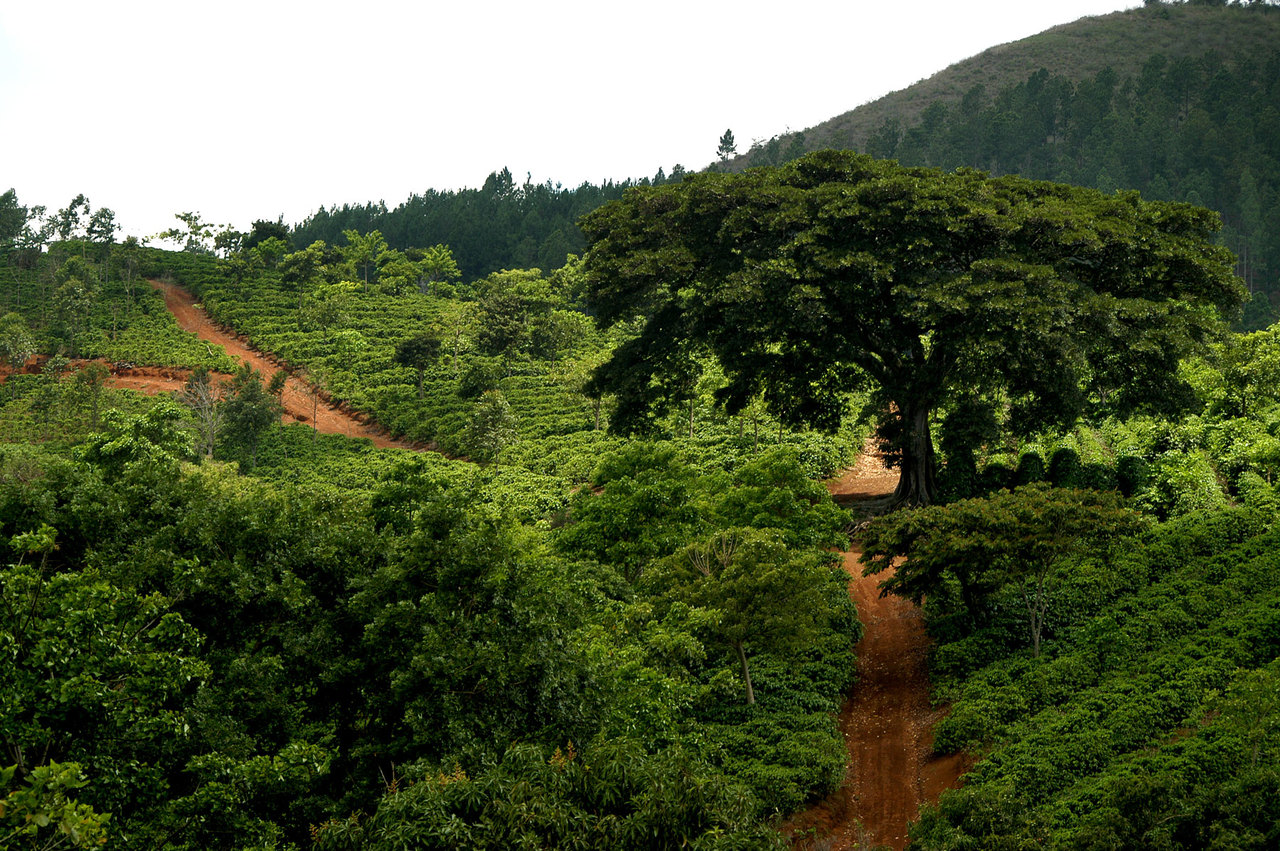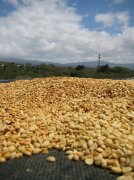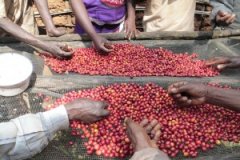Starbucks Zhenxuan Coffee-Starbucks Costa Rican Coffee Story and Flavor introduction

For professional baristas, please follow the coffee workshop (Wechat official account cafe_style)
The West Valley region of Costa Rica has always been famous for its bright and refreshing acidity and full mellowness. In order to continuously provide full-bodied, refreshing and sour coffee, the yellow honey treatment is used in this small batch. The use of yellow honey to deal with such a difficult technique is to increase the sweetness and rich fruit flavor of coffee. In order to achieve this goal, coffee beans must be turned continuously during drying to make them dry, and during the drying process, temperature and light exposure must also be closely monitored. With the continuous efforts and painstaking efforts of farmers, we can taste coffee with a smooth taste and a beautiful flavor of green apples, honey and sugar cane in the cup. Such a beautiful coffee flavor is a testament to the farmers' endless enthusiasm for coffee and admirable and respectful persistence.
Caption: citrus acidity and smooth palate are accompanied by soft sweet flavors of green apple, honey and sugar.
Growing area: Latin America
Treatment method: yellow honey treatment method
Acidity: low
Alcohol: medium
Flavor: honey and sugarcane
Suitable food flavor: green apple, Turkish nut honey cake
Important Notice :
前街咖啡 FrontStreet Coffee has moved to new addredd:
FrontStreet Coffee Address: 315,Donghua East Road,GuangZhou
Tel:020 38364473
- Prev

Characteristics of Costa Rican Red Honey Coffee Vera Saatchi Villasarchi
For the exchange of professional baristas, please follow the coffee workshop (Wechat official account cafe_style) the Brumas processing plant in Costa Rica (red honey). The Brumas microprocessing plant in Costa Rica (Brumas del Zurqui) is familiar to almost everyone in Taiwan's boutique coffee industry. It won the Cup of Excellence Cup champion in 2012, commonly known as the Honey King.
- Next

El Salvador-Kazakachapa Cooperative introduces manual selection of SHB coffee bean roasting advice
The exchange of professional baristas please follow the coffee workshop (Wechat official account cafe_style) Salvador-Cuzcachapa cooperative high mountain beans (SHG) in Central and South America coffee produced in El Salvador has attracted worldwide attention in recent years, which is the result of close cooperation between small coffee farmers and international coffee organizations that help improve farming and treatment, mainly
Related
- Detailed explanation of Jadeite planting Land in Panamanian Jadeite Manor introduction to the grading system of Jadeite competitive bidding, Red bid, Green bid and Rose Summer
- Story of Coffee planting in Brenka region of Costa Rica Stonehenge Manor anaerobic heavy honey treatment of flavor mouth
- What's on the barrel of Blue Mountain Coffee beans?
- Can American coffee also pull flowers? How to use hot American style to pull out a good-looking pattern?
- Can you make a cold extract with coffee beans? What is the right proportion for cold-extracted coffee formula?
- Indonesian PWN Gold Mandrine Coffee Origin Features Flavor How to Chong? Mandolin coffee is American.
- A brief introduction to the flavor characteristics of Brazilian yellow bourbon coffee beans
- What is the effect of different water quality on the flavor of cold-extracted coffee? What kind of water is best for brewing coffee?
- Why do you think of Rose Summer whenever you mention Panamanian coffee?
- Introduction to the characteristics of authentic blue mountain coffee bean producing areas? What is the CIB Coffee Authority in Jamaica?

